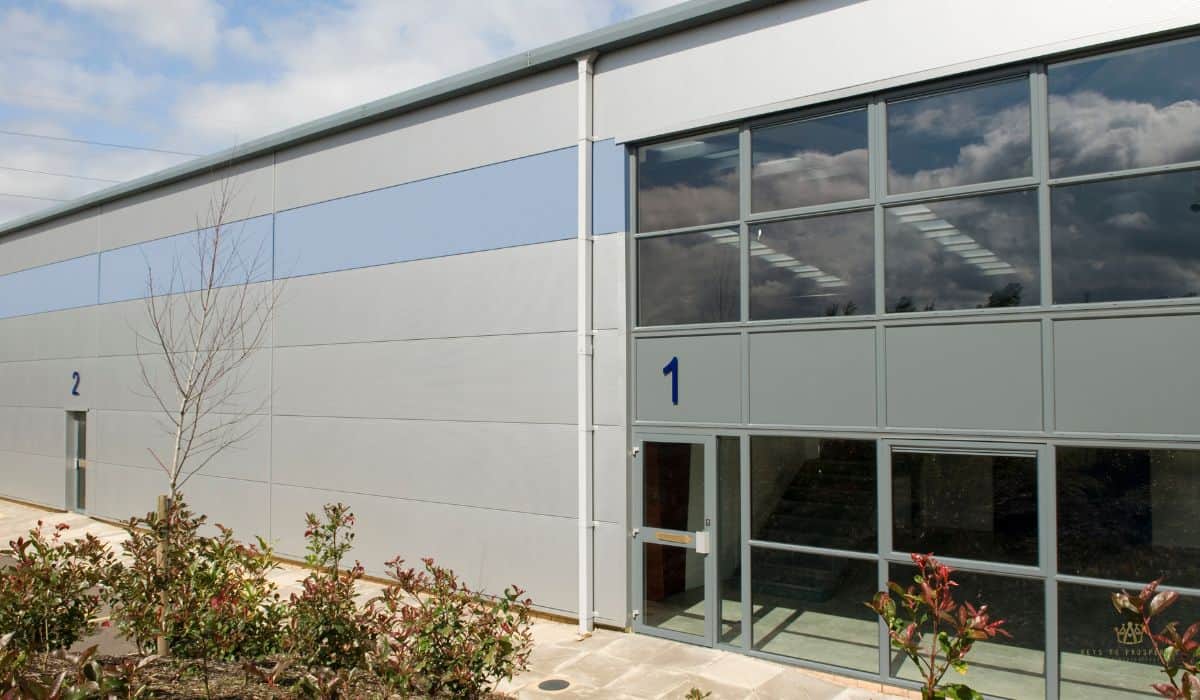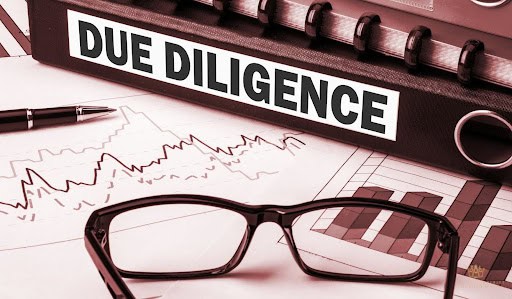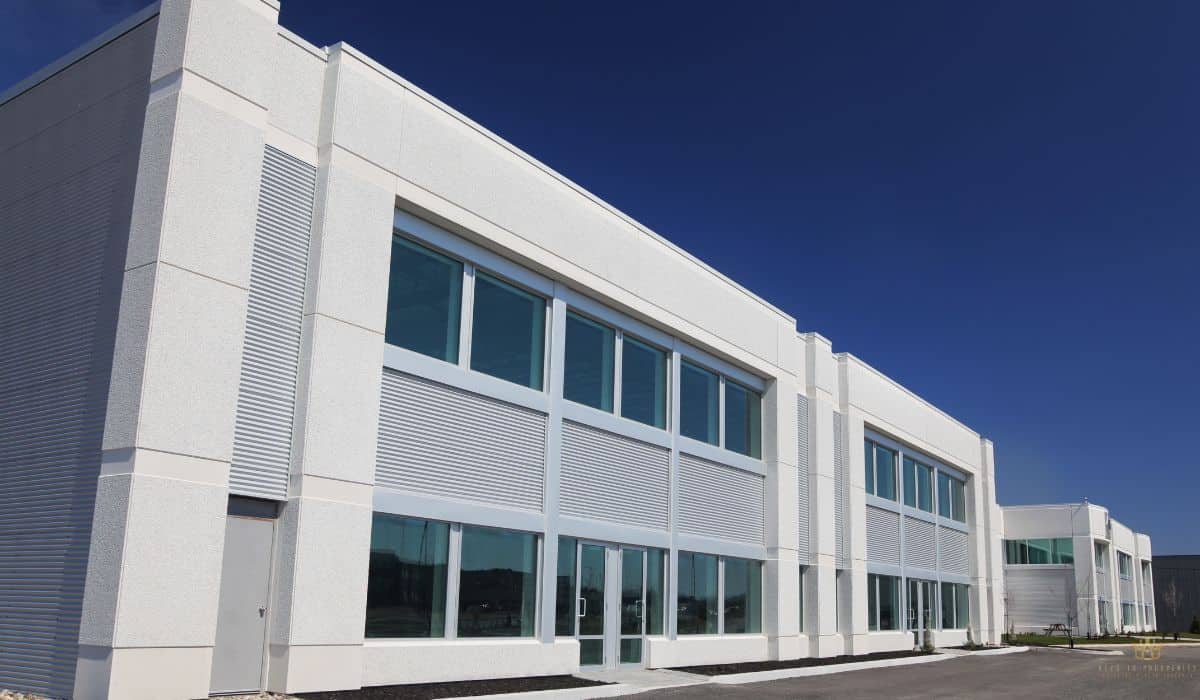
Looking for better returns on your investments? Here’s something that might surprise you: commercial real estate has been quietly outperforming traditional investment vehicles.
A 2021 data from the National Council of Real Estate Investment Fiduciaries (NCREIF) shows private commercial real estate investing delivered average annual returns of 10.3% over 25 years , edging past the S&P 500’s 9.6%.
From our experience, the key to success lies in understanding risk adjusted returns in commercial real estate.
This comprehensive guide breaks down everything you need to know about achieving superior risk-adjusted returns through smart risk management strategies.
We’ll walk you through essential metrics, proven evaluation methods, and practical approaches to help you make more informed investment decisions.
Real estate investors at any level will find valuable insights here, from calculating the Sharpe ratio to assessing investment risk in secondary markets.
Before diving into risk-adjusted returns, check out our previous article on commercial property valuation methods, which play a key role in assessing potential investments.
Equally important is mastering how to analyze a commercial property, a fundamental step in identifying opportunities. Once you’ve built a solid foundation, our next article on commercial property underwriting will help you evaluate deals with confidence and precision.
Ready to maximize your returns while keeping risk in check? Let’s get started with the fundamentals.
Short Summary
- Risk adjusted returns help investors understand how much risk they’re taking to achieve a certain level of return.
- Key metrics like the Sharpe ratio, expected returns, and standard deviation guide performance evaluations.
- Assessing risk factors such as market volatility, property location, and future cash flows is essential for making sound investments.
- Proper risk management, including due diligence and diversified portfolios, improves the chances of achieving superior risk adjusted returns.
- Using benchmark index performance and real estate indexes helps compare properties and make informed investment decisions.
The Fundamentals of Risk-Adjusted Returns In Real Estate Investment
What Are Risk-Adjusted Return Measures?
We’ve found that chasing high returns without considering how much risk is involved can lead to costly lessons. That’s why risk adjusted return measures help us see the full picture.
They evaluate an investment opportunity based on both potential gains and the additional risk we might be taking.
Why the Risk-Free Rate Matters
A mentor once told us, “If your investment can’t beat the risk free rate, why bother?” That stuck. The risk free rate, usually tied to U.S. Treasury bonds, sets a baseline.
It helps us gauge whether a real estate investment truly offers a higher risk adjusted return or just looks good on paper.
Standard Deviation And Volatility Explained
Early on, we underestimated investment’s standard deviation. Big mistake. It measures price swings over time. When volatility spikes, real estate investors can see paper gains disappear overnight.
Understanding this has pushed us to favor lower risk investments that deliver better risk adjusted returns over time.
Comparing Real Estate To Other Asset Classes
Commercial real estate investing often gets compared to the stock market or a mutual fund. However, while stocks can soar, downturns can hit hard. Real estate assets, on the other hand, often provide steadier returns with less day-to-day fluctuation.
That stability is a key reason many seek attractive risk adjusted returns in this space.
How Risk Factors Shape Returns
The way we see it, risk factors like location, tenant reliability, and market risk often decide whether a deal’s a winner or a headache. Yes, picking up a property in secondary or tertiary markets can mean better returns, but remember: It usually comes with downside risk.
Every time, we ask ourselves: Is taking on much risk really worth the reward?
Bottom line: Keeping an eye on measuring risk alongside potential returns helps us stay smart with our investments.
Essential Metrics for Calculating Risk Adjusted Returns in Commercial Real Estate
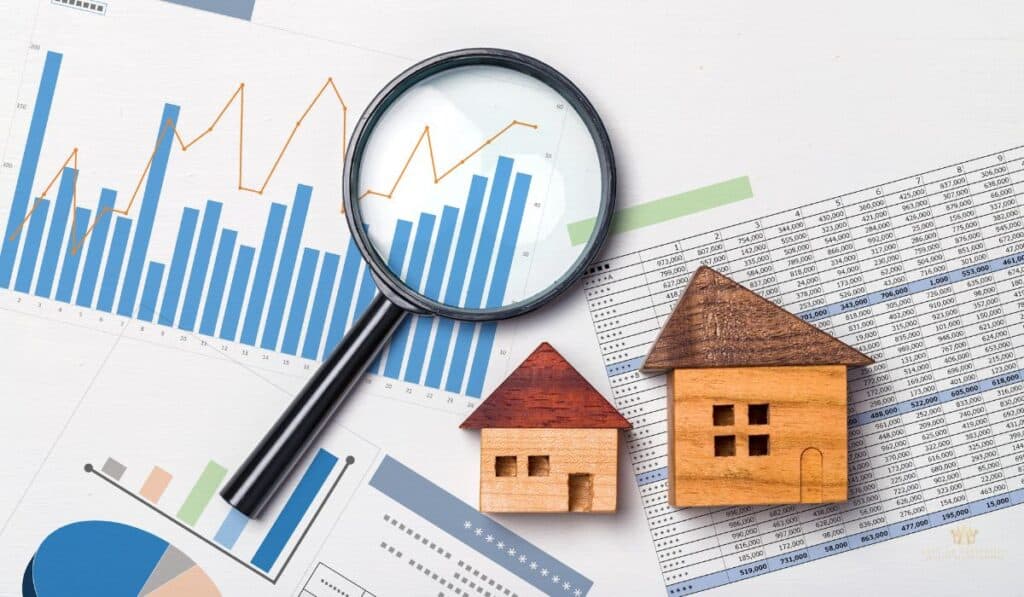
Risk adjusted returns in commercial real estate sounds complicated, but the right investment performance metrics simplify things. From our experience, knowing exactly how to measure risk has saved us from more than a few bad deals.
It’s not just about looking at potential profits. Understanding the volatility and future cash flows that come with them is also part of the conversation.
Sharpe Ratio: When It’s Our Go-To
The Sharpe ratio is our first stop when comparing two deals with similar expected returns. It helps us see if the extra risk premium is worth it.
- We use it when choosing between a stabilized office building with predictable cash flow and a ground-up development promising higher returns but with more uncertainty.
- The Sharpe ratio compares the investment’s returns to the risk-free rate (like U.S. Treasury bonds) and divides the result by the investment’s standard deviation.
- Higher is better. It means we’re earning more per unit of volatility.
- When we’re torn between two properties, this number often tips the scale.
Understanding Performance Metrics Beyond Surface-Level
We learned the hard way not to chase high actual returns alone. We also track:
- Standard deviation – It shows how much returns fluctuate month to month. If it’s all over the place, that’s a red flag.
- Risk-free rate – We treat this as our baseline. If an investment’s performance barely beats it, we rethink the deal.
- Cash flow variability – Uneven future cash flows can sink what looks like a great deal on paper.
Calculating Risk-Adjusted Performance
It’s easier than it sounds. We do this every time:
- Subtract the risk-free rate from the investment’s actual returns.
- Divide the result by the standard deviation.
- Compare that number (the Sharpe ratio) to other deals we’re considering.
This gives us a clearer picture of whether the risk factors involved are worth the payout.
Expected Returns vs. Actual Returns: Bridging The Gap
On paper, a property might show expected returns of 12%. But it doesn’t always stay that way. We’ve had those turn into 8% after factoring in tenant turnover and surprise repairs.
Checking actual returns every quarter keeps us honest and prevents small issues from becoming big ones.
Future Cash Flows: Why We Stress-Test Every Deal
Future cash flows are never guaranteed, and we’ve seen rosy rent projections fall apart. Before we commit, we:
- Assume leasing will take longer.
- Add a buffer for unexpected expenses.
- Test different rent growth scenarios to understand potential volatility.
This approach helps us spot risk factors early, keeping our investment’s performance on track.
Strategies To Achieve Superior Risk-Adjusted Returns Through Risk Management
Protecting returns starts long before we collect rent. Managing risk factors at every stage helps us boost risk adjusted returns in commercial real estate while avoiding costly mistakes. A solid risk plan keeps things steady, even when markets shift.
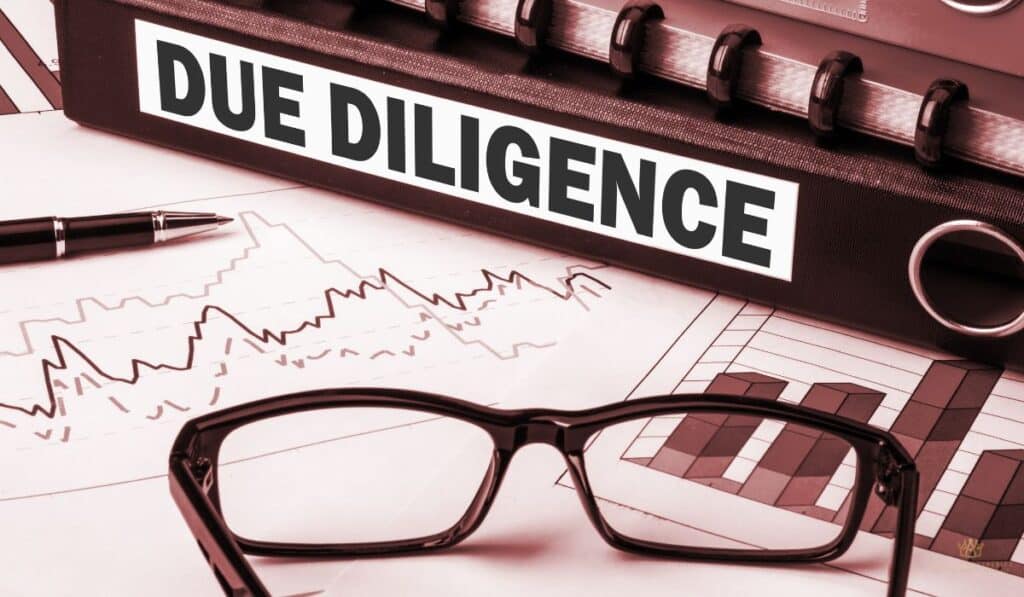
Proper Due Diligence: Our First Line of Defense
Never skip due diligence. It’s our safety net.
- Reviewing title records early has saved us from surprise liens.
- Double-checking zoning laws keeps development plans from hitting a wall.
- Hiring trusted inspectors helps us catch hidden issues like faulty wiring before we buy.
Cutting corners here can turn a good deal into a headache.
Market Analysis: Why Secondary Markets Need Extra Attention
Chasing higher expected returns in secondary or tertiary markets can work, but it’s not for the faint of heart. These areas need deeper market analysis.
- We study local job growth, population trends, and upcoming infrastructure projects.
- Checking vacancy rates helps us spot neighborhoods where properties stay empty longer.
- Talking to other landlords gives us real-world insights on tenant demand.
Small markets can surprise you, both good and bad. So we check every angle.
Diversified Portfolio As Safety Net Against Downside Risk
Diversification is basic for savvy investors. And with good reason: A mix of property types and locations smooths out volatility.
- When one office building struggled during remote work shifts, our industrial properties carried the load.
- Spreading investments across markets shields us from regional downturns.
- Combining core assets with value-add deals balances risk adjusted performance.
Diversity keeps our income steady when some investments underperform.
Asset Selection: Picking Properties With Built-In Stability
We focus on assets with steady future cash flows.
- Properties with long-term, creditworthy tenants give us stability.
- Multi-tenant buildings reduce risk if one space sits vacant.
- Locations near transportation hubs tend to weather downturns better.
Choosing the right assets limits standard deviation in returns.
Capital Expenditures: Planning Saves Pain Later
We budget for major capital expenditures before buying.
- Roof replacements or HVAC upgrades aren’t surprises if planned upfront.
- Creating a five-year repair plan prevents sudden cash drains.
- Factoring these costs into investment performance metrics keeps projections realistic.
Ignoring big-ticket expenses can sink actual returns fast.

Balanced Investment Strategy
Aiming for growth is good, but gambling? We avoid them like the proverbial plague.
- High-yield deals are paired with lower-risk, cash-flowing properties.
- We review our Sharpe ratio quarterly to ensure risk premium aligns with results.
- Flexibility is a huge factor. We adjust based on market shifts, not emotion.
A steady hand leads to superior risk adjusted returns, year after year.
Making More Informed Investment Decisions Using Risk-Adjusted Analysis
Every deal looks good on paper until we dig into the numbers. That’s why risk adjusted return metrics guide every investment decision we make. They help us see if the reward justifies the risk.
Comparing Properties Beyond Surface-Level Returns
Keep in mind: Expected returns can mislead.
One multifamily building promised sky-high yields, but the neighborhood struggled with market risk and vacancies.
That’s why we always calculate the Sharpe ratio to see if a property’s returns are worth the volatility.
- A stable apartment complex with a lower return may outperform a riskier mixed-use building over time.
- Using risk adjusted performance lets us weigh two vastly different deals on equal footing.
- It cuts through the hype and helps us find future cash flows we can trust.
Benchmark Indexes
We’re big on context.
Tracking benchmark index performance like the NCREIF Property Index keeps us grounded.
If our deals consistently trail the market, we know it’s time to reassess.
- Comparing investment performance metrics against national averages shows whether we’re thriving or just surviving.
- It also flags when markets are overheating, because when everything looks great, risk often lurks.
- Watching real estate indexes helps us stay sharp, especially in secondary or tertiary markets.
Evaluating Risk Alongside Opportunity
Every promising deal comes with risk factors.
We ask tough questions upfront:
- Does the property need major capital expenditures soon?
- Will future cash flows hold up if interest rates jump?
- How does the location’s standard deviation of returns compare to nearby areas?
Tackling these head-on prevents headaches later.
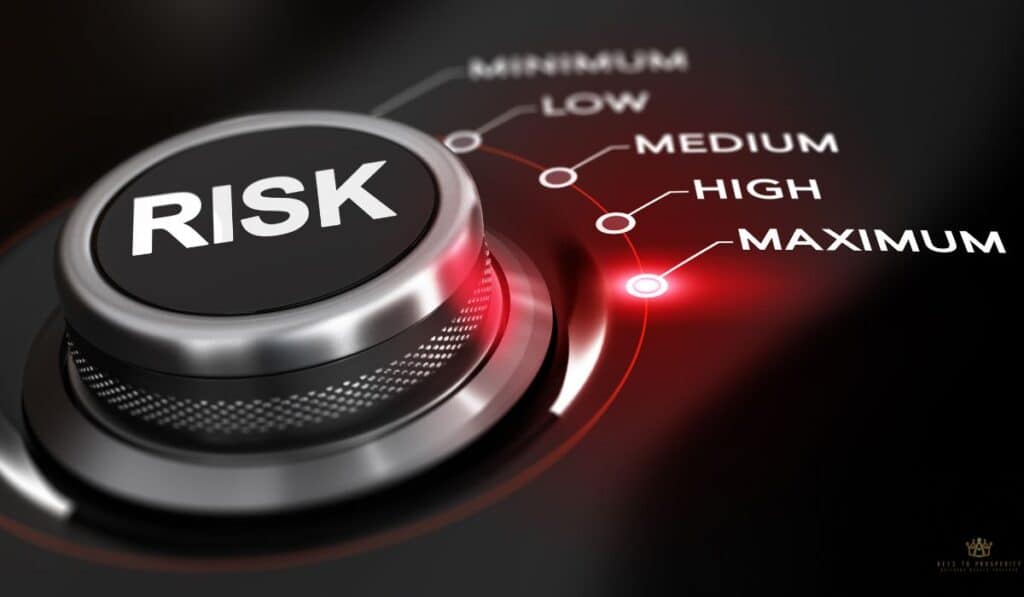
Risk Tolerance
Risk tolerance isn’t the same for everyone.
Nobody wants to chase high-yield properties only to panic when repairs drain cash.
You can avoid this by knowing your comfort level.
- Some of us favor steady actual returns over aggressive growth.
- Others are comfortable with volatility if the upside is strong.
- Aligning investment opportunity with personal risk tolerance keeps stress and losses low.
When risk adjusted analysis leads, our decisions feel smarter, and they usually are.
Final Thoughts
Understanding risk adjusted returns takes some work, but it’s what separates smart investors from those just hoping for the best. Knowing how to weigh expected returns, risk factors, and future cash flows helps us spot solid deals and sleep better at night.
Real estate investing always involves risk, but making choices backed by data keeps us in control.
Ready to sharpen your strategy? Start applying risk adjusted performance metrics to your next deal and see the difference it makes.
Frequently Asked Questions
What Is A Risk Adjusted Return In Commercial Real Estate?
A risk adjusted return measures the profit from an investment after accounting for the level of risk taken. It helps compare different properties to see which offers better returns relative to the risk.
How Can I Calculate Risk Adjusted Performance?
The Sharpe ratio is a common tool, calculated by subtracting the risk-free rate from the expected returns and dividing by the standard deviation. This formula shows how much return you’re earning per unit of risk.
Why Is Risk Management Important In Real Estate Investment?
Proper risk management protects your capital by reducing exposure to downturns and unexpected costs. Strategies like due diligence, market analysis, and diversified portfolios help safeguard returns.
How Do I Know If A Property Is A Good Investment Using Risk Adjusted Analysis?
Compare the property’s risk adjusted returns against benchmark index performance and similar assets. Also, factor in risk tolerance, potential future cash flows, and market stability to ensure the return justifies the risk.



